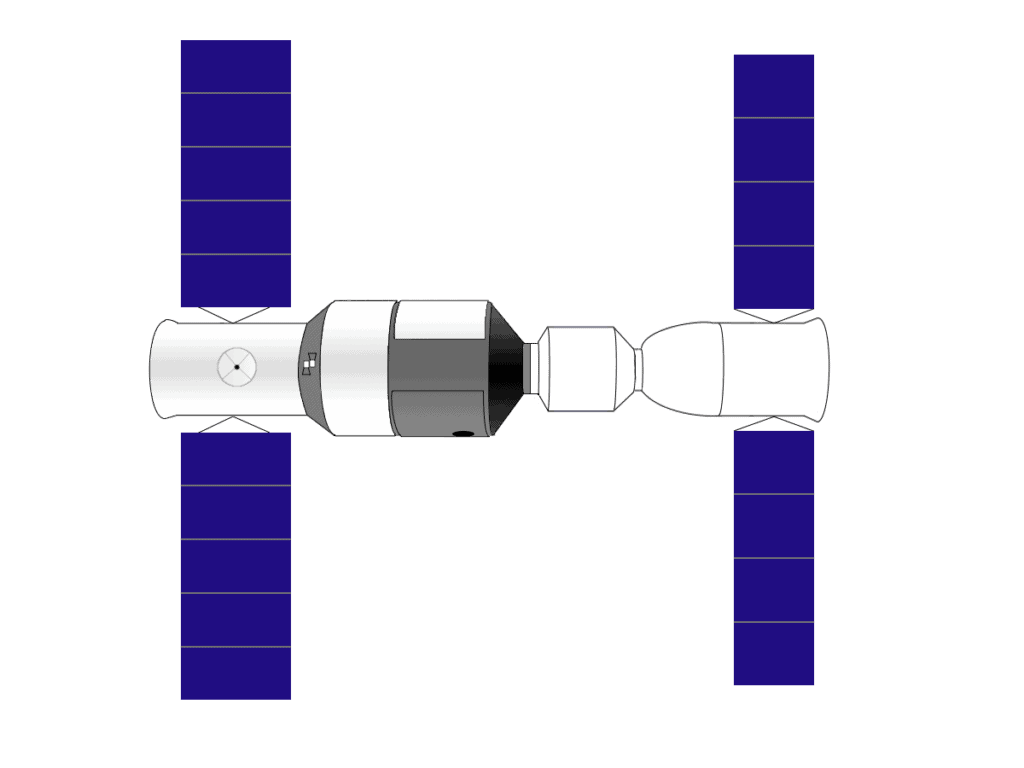At a press conference in China, officials have confirmed what many already suspected: China is no longer in control of its space station.

Just a few days ago, we were telling you about China’s ambitious space program which includes a new space station – the Tiangong 2. But in the meantime, Tiangong 1, its predecessor, isn’t doing so swell. Tiangong-1 is China’s first prototype space station, serving as both a manned laboratory and an experimental facility for space docking.
It’s been orbiting the planet for about 5 years now, but it has officially ended its service in March 2016. Normally, in these cases, the space lab would be forced to burn through the atmosphere. This is a controlled and harmless process. However, China’s space agency said they’re not really sure when the shuttle will enter the atmosphere, but it will probably be during late 2017. The statement was pretty scarce on details, but there was a clear implication that they’ve lost control of it.
This means that Tiangong-1 won’t be able to burn up in a controlled manner, and it will probably crash down someplace without fully burning. Most of the components will disintegrate anyway, but without controlling the land, there’s a good chance some will survive.
“Based on our calculation and analysis, most parts of the space lab will burn up during falling,” Wu Ping, deputy director of China’s manned space engineering office said during a news conference Wednesday (Sept. 14), according to China’s state-run Xinhua news agency.
At the moment, we have no idea where in the world it will land. It’s a big planet, and most of it is not populated so it’s unlikely that it will cause any damage, but it’s still a cause for concern.
China is not part of the multinational collaboration led by the US and Russia that operates the International Space Station. China wants to build its own space station and have it up and running by 2022.


